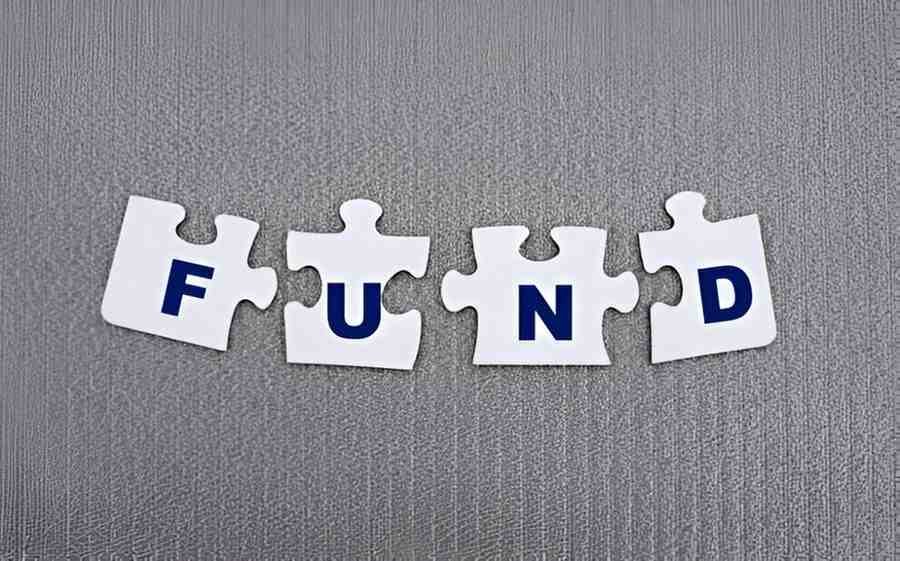Introduction
As a finance professional, I find the persistent growth of actively managed mutual funds puzzling. Despite overwhelming evidence that passive strategies often outperform active management after fees, investors continue to pour money into active funds. In this article, I dissect this paradox, exploring behavioral biases, market inefficiencies, and structural factors that sustain active management.
Table of Contents
The Underperformance of Active Management
Academic research consistently shows that most actively managed funds fail to beat their benchmarks. A seminal study by SPIVA reveals that over a 15-year period, nearly 90% of U.S. large-cap funds underperform the S&P 500. The arithmetic of active management, as formulated by William Sharpe (1991), explains why:
R_{active} = R_{benchmark} - (Fees + Transaction\ Costs)Since active funds incur higher expenses, their net returns tend to lag behind passive alternatives.
Why Do Investors Still Choose Active Funds?
1. Behavioral Biases
- Overconfidence: Investors believe they can pick winning funds.
- Recency Bias: Strong short-term performance attracts inflows.
- Illusion of Control: Investors prefer “hands-on” management.
2. Marketing and Distribution Power
Asset managers spend heavily on advertising star fund managers, creating a perception of skill.
3. Tax and Liquidity Management
Some active funds exploit tax-loss harvesting or hold cash buffers, appealing to risk-averse investors.
A Closer Look at Performance Persistence
While most active funds underperform, a small subset does generate alpha. The challenge is identifying them ex-ante. I use the Fama-French three-factor model to assess performance:
R_{it} - R_{ft} = \alpha_i + \beta_i (R_{mt} - R_{ft}) + s_i SMB + h_i HML + \epsilon_{it}Where:
- \alpha_i = excess return (alpha)
- \beta_i = market risk exposure
- SMB = small-minus-big factor
- HML = high-minus-low book-to-market factor
Only a minority of funds exhibit statistically significant alpha, yet investors chase past winners.
Performance Persistence Table
| Fund Category | 5-Year Alpha (%) | Survival Rate (%) |
|---|---|---|
| Large-Cap | -0.8 | 72 |
| Small-Cap | 0.5 | 65 |
| Int’l Equity | -1.2 | 68 |
Source: CRSP Mutual Fund Database
The Role of Fees
Active funds charge higher fees, eroding returns. Consider a $100,000 investment:
- Passive Fund (Expense Ratio: 0.05%): $50/year
- Active Fund (Expense Ratio: 1.00%): $1,000/year
Over 20 years at 7% annual return, the passive investor saves ~$38,000 in fees.
Structural Factors Supporting Active Funds
- 401(k) Plans and Default Options
Many retirement plans default to active funds due to legacy contracts. - Financial Advisor Incentives
Some advisors earn commissions by recommending high-fee active funds. - Market Inefficiencies in Certain Segments
Small-cap and emerging markets may offer more alpha opportunities.
Conclusion
The growth of actively managed funds defies logic but aligns with human psychology and industry incentives. While passive investing dominates in efficiency, active management persists due to behavioral and structural factors. Investors should weigh costs, performance persistence, and personal biases before choosing between active and passive strategies.





